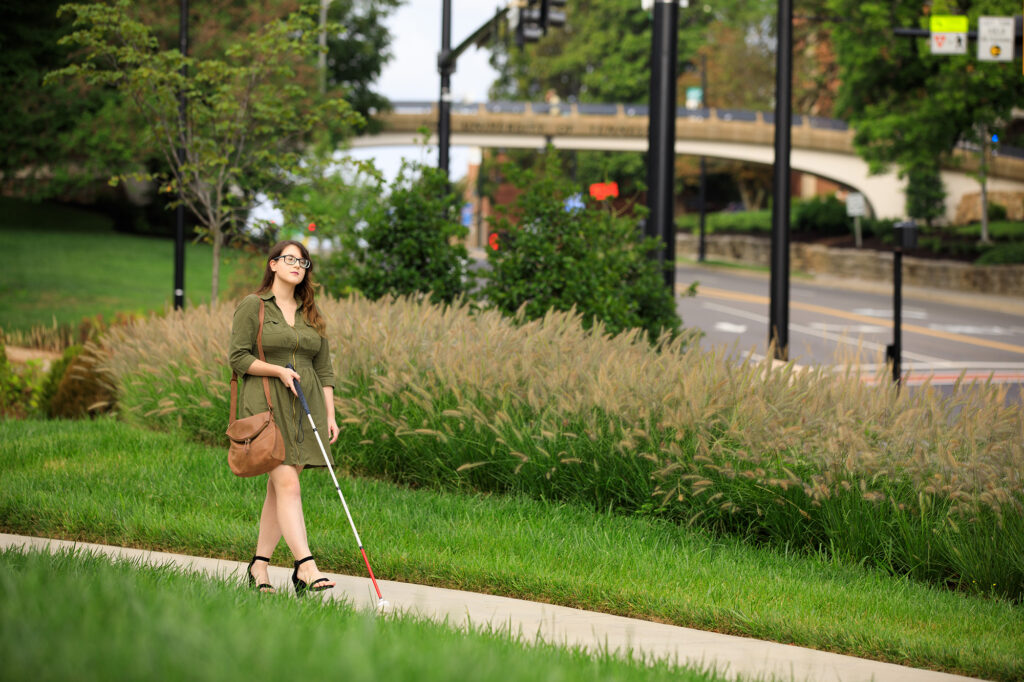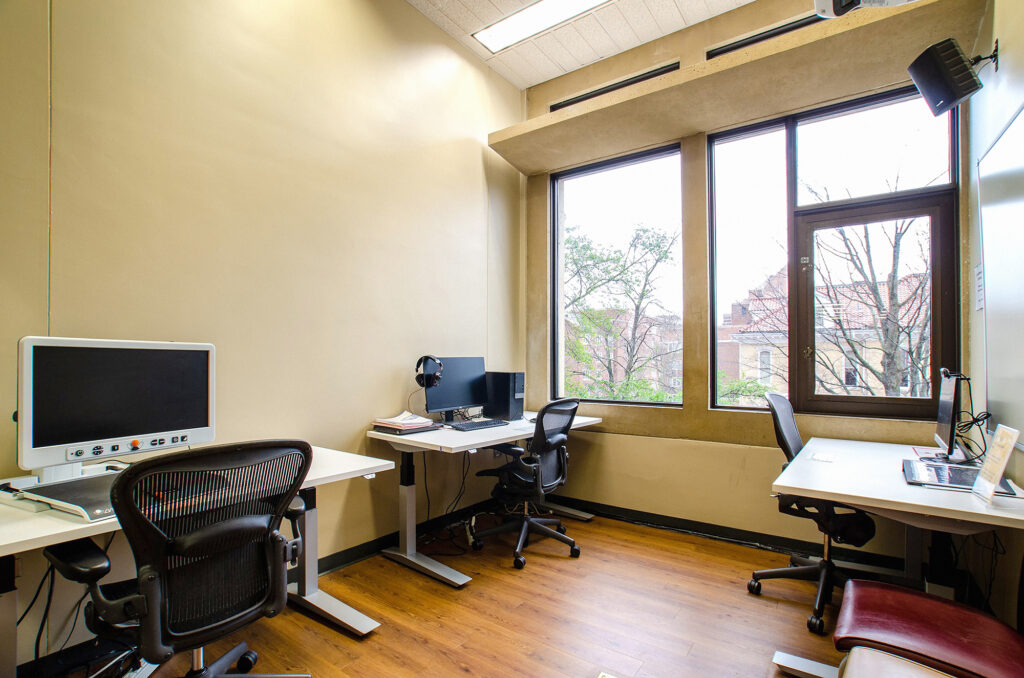

UT Libraries owns or subscribes to more than a million electronic books and almost 750 electronic databases of journals, videos, newspapers, and other media. And we are committed to making those resources available to every member of the campus community.
In 2017 the University of Tennessee approved a system-wide policy directing that all technology adopted by the university be accessible to individuals with disabilities. The new policy reflected the requirements of a multitude of state and federal laws, such as the Americans with Disabilities Act, as well as the reality of a legal landscape that had witnessed successful lawsuits against prominent universities for providing videos without captioning or library resources that could not be read by screen-reader software.
By 2019 the libraries’ leadership was beginning to realize the implications of this new accessibility mandate. How would the libraries ensure that users with a wide range of challenges have fair access to resources purchased with their tuition dollars?
Enter the libraries’ first accessibility coordinator! I was hired in 2022 to systematically assess the libraries’ electronic resources, with new purchases as my highest priority. My approach includes collecting mandatory digital accessibility documentation from the publishers and doing some high-level testing of my own. I work to make sure the information contained in our library resources can be used by everyone, including those with low or no vision who may rely on screen-reading software or screen magnifiers, those who are deaf or hard of hearing and may need audio captioning, those with mobility impairments who cannot use a mouse, and those who are neurodivergent.
The last is an extremely loose category that includes people who may have a learning or reading disorder that is exacerbated by overly busy interfaces, walls of text, unexpected audio or moving content on their screens, or websites that are confusing to navigate.
National statistics show that neurodivergent students make up the fastest-growing category of students with documented disabilities at US universities. In the most recent National Center for Education Statistics report, 19 percent of all US undergraduates and 12 percent of graduate students reported having a disability of some type. Of those, about half fell under one of three categories: autism spectrum disorders, ADHD or ADD, or “specific learning disabilities,” which includes diagnoses such as dyslexia. Campus numbers recently released by the student disability offices at North Carolina State University and Colorado State University show even higher ratios of students with information-processing issues compared to physical impairments.
In a survey of UT Knoxville students I conducted last spring to learn about the use of assistive technologies, 41 percent of respondents said they commonly rely on text-to-speech software when conducting library research. Text-to-speech software includes anything from the Siri on your iPhone to a thousand-dollar piece of software like JAWS that not only reads a computer screen aloud but also converts the text to braille.
Text-to-speech and screen-reader programs are tremendously useful for people who are physically unable to see the words on the screen, but they are also often used by those with normal vision who struggle to cognitively decode printed text. Many people with dyslexia who have difficulties with visual processing can often make sense of information presented in an audio format (such as via text-to-speech software) much more quickly and with better retention than they would by merely reading the printed words. There is potentially a large and diverse audience for library resources that lend themselves to being read aloud by software.
Users may also benefit from the ability to change the appearance of what they are reading, such as altering the colors of the background or the text (a practice reported by 29 percent of my survey respondents). Someone with poor vision, for example, might want to maximize the color contrast between the text and the background of the page. For others, black text on a bright white background can cause eye strain and headaches.

In all these situations, the ability to enable reading aloud or customize a screen display requires library resources that offer real text—that is, text that can be selected, highlighted, and copied rather than appearing as part of an image like a picture of a newspaper page or a complex illustration. There are other reasons to prioritize the use of real text when evaluating library resources for accessibility: it can be greatly magnified without becoming blurry or pixelated, it can be indexed by search engines, and translation apps can convert it to other languages.
Cluttered, busy interfaces can be another big obstacle to comprehension for anyone who is easily sidetracked or struggles to concentrate. Of my survey respondents, 41 percent reported a reliance on software or browser extensions that limit distractions and encourage mental focus when using online library resources. This category encompasses a wide variety of digital solutions. Many eliminate visual distractions by removing on-screen advertisements or other extraneous elements and streamlining the primary content—often into a single column of text and graphics that can be navigated sequentially. Screen-masking software can even limit what is visible on the page to a single line of text at a time, if that helps the user visually track their reading from one line to the next.
Images of text, complex graphics, lack of captions, confusing interfaces—these issues and others need to be documented for our own records as well as to inform our contract negotiations with publishers. Publishers need to be made aware of accessibility issues with their products and to agree on a timeline for correcting these problems.
In the meantime, we add accessibility notes that are visible to users searching the collection. For example, in OneSearch—our online catalog—the record for a certain journal might include a comment advising screen-reader users to contact the libraries if they need an article in a different format that their device can read aloud. Or the item record might direct a user who is unable to operate a mouse to avoid a particular browser. We check back with publishers on a scheduled basis to see if they have kept their promises and eliminated the identified accessibility barriers. It’s not a quick or simple process, but the outcome is very rewarding. And the benefits go beyond the goal of simply making the university more inclusive. With instruction and research increasingly moving to electronic platforms, all library users benefit from these efforts.
As a growing number of academic libraries across the country begin to proactively examine their collections and give serious consideration to digital accessibility, more and more students will be able to independently manage their own online schoolwork and research. The libraries’ digital accessibility practices are just one example of how the University of Tennessee is leading the way for many of its peer institutions.
